Apple has won a patent featuring a unique fully glass handheld device—which is essentially all screen.
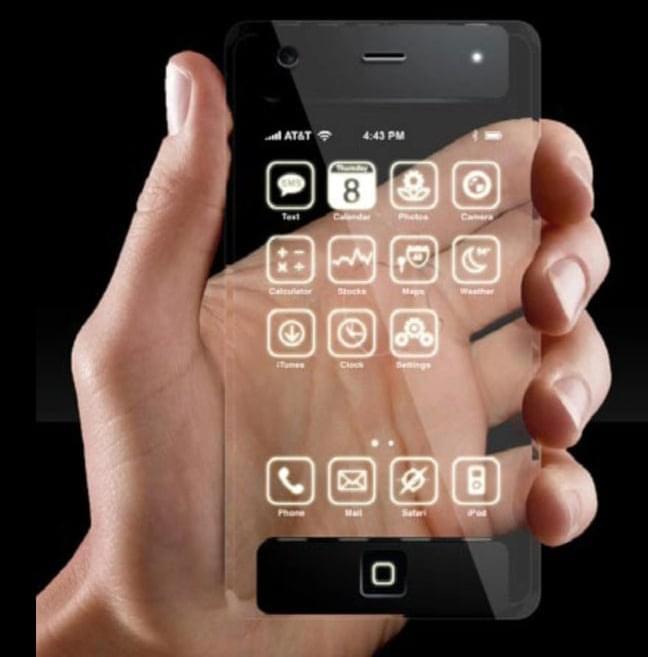

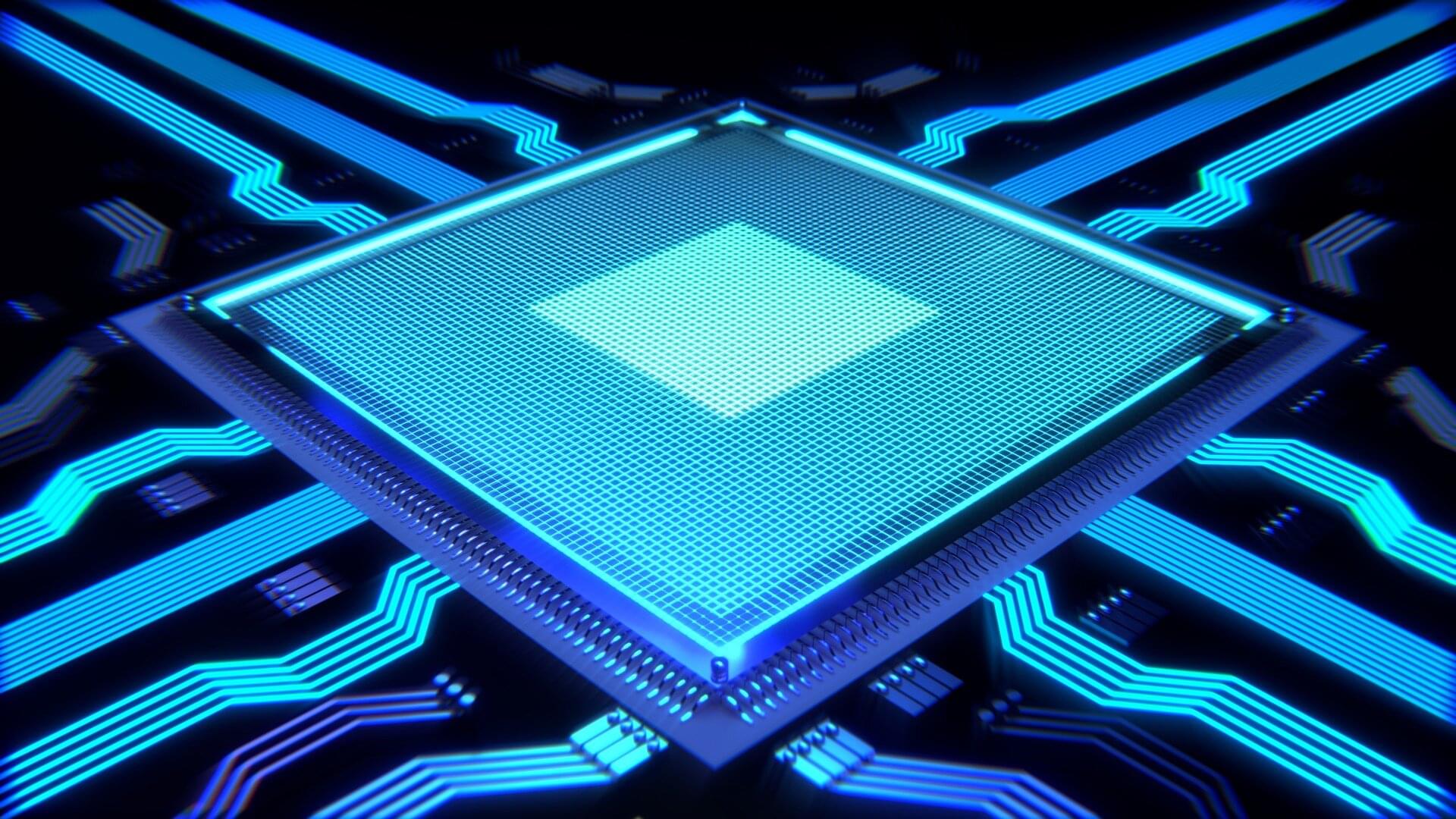
A research team, led by Professor Heein Yoon in the Department of Electrical Engineering at UNIST has unveiled an ultra-small hybrid low-dropout regulator (LDO) that promises to advance power management in advanced semiconductor devices. This innovative chip not only stabilizes voltage more effectively, but also filters out noise—all while taking up less space—opening new doors for high-performance system-on-chips (SoCs) used in AI, 6G communications, and beyond.
The new LDO combines analog and digital circuit strengths in a hybrid design, ensuring stable power delivery even during sudden changes in current demand—like when launching a game on your smartphone—and effectively blocking unwanted noise from the power supply.
What sets this development apart is its use of a cutting-edge digital-to-analog transfer (D2A-TF) method and a local ground generator (LGG), which work together to deliver exceptional voltage stability and noise suppression. In tests, it kept voltage ripple to just 54 millivolts during rapid 99 mA current swings and managed to restore the voltage to its proper level in just 667 nanoseconds. Plus, it achieved a power supply rejection ratio (PSRR) of −53.7 dB at 10 kHz with a 100 mA load, meaning it can effectively filter out nearly all noise at that frequency.
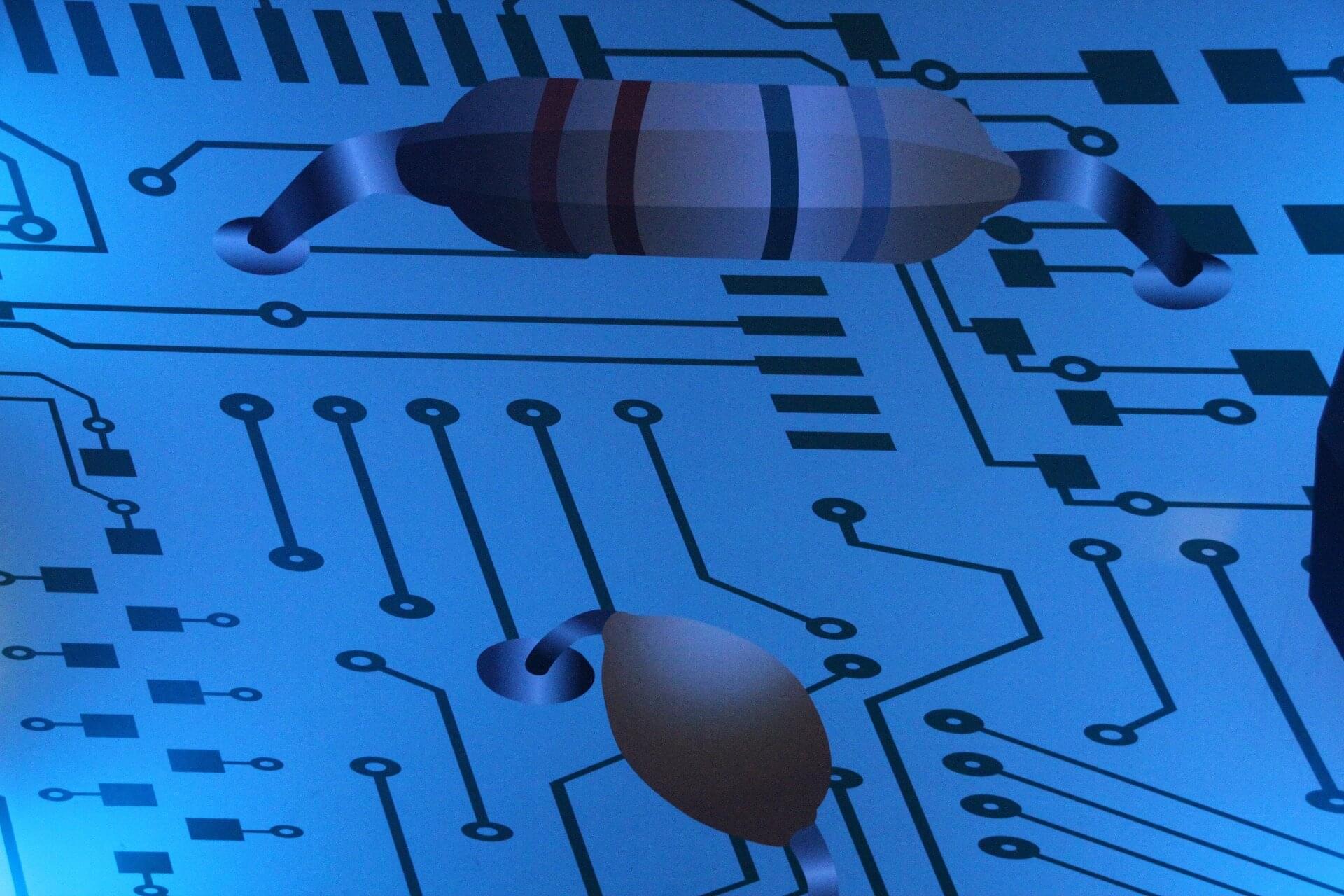
King Abdullah University of Science and Technology (KAUST; Saudi Arabia) researchers have set a record in microchip design, achieving the first six-stack hybrid CMOS (complementary metal-oxide semiconductor) for large-area electronics. With no other reported hybrid CMOS exceeding two stacks, the feat marks a new benchmark in integration density and efficiency, opening possibilities in electronic miniaturization and performance.
A paper detailing the team’s research appears in Nature Electronics.
Among microchip technologies, CMOS microchips are found in nearly all electronics, from phones and televisions to satellites and medical devices. Compared with conventional silicon chips, hybrid CMOS microchips hold greater promise for large-area electronics. Electronic miniaturization is crucial for flexible electronics, smart health, and the Internet of Things, but current design approaches are reaching their limits.

In what could be an industry shifting breakthrough, researchers have created a screen about the size of a human pupil with a resolution that breaks through the limits of pixels. The invention could radically change virtual reality and other applications.
While most video screens such as those on our phones, TVs, and stadium jumbotrons seem to improve in resolution on a monthly basis, there has been an issue in improving the resolution of the tiny screens required in virtual reality apps. The problem is that as the screen moves closer to the human eye, the pixels that comprise it need to get smaller and smaller. Yet, if pixels get too small, their function starts to degrade and the image suffers. On a micro-LED screen, for example, pixels can’t get much smaller than one micrometer wide before losing their ability to render a clear, crisp image.
So instead of relying on pixels, researchers from Chalmers University of Technology, the University of Gothenburg and Uppsala University in Sweden turned to a different technique. They created what they’ve termed “metapixels” out of tungsten oxide, a material that can switch from being an insulator to a metal based on its electrical state. The metapixels reflect light differently based on their size and how they’re arranged, and can be manipulated by an electrical current. In a way, they function much like the pigments in bird’s feathers, which can take on different colors based on how the light is hitting them.
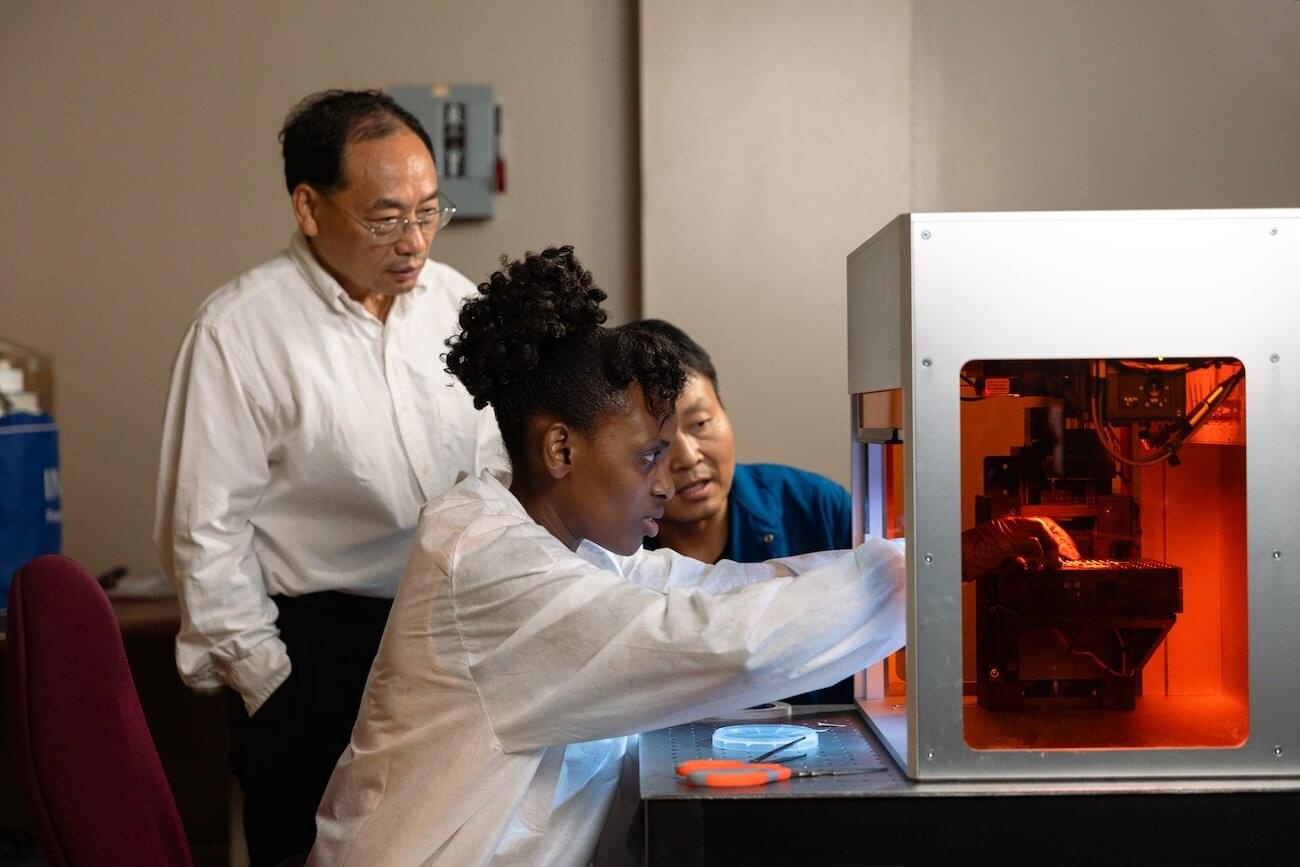
University of Houston researchers have made a discovery in thermal conductivity that overturns an existing theory that boron arsenide (BAs) couldn’t compete with the heat conduction of a diamond.
Instead, the team found that high-quality crystals can achieve thermal conductivity exceeding 2,100 watts per meter per Kelvin (W/mK) at room temperature—possibly higher than diamond, which has been considered the best heat conductor among isotropic materials.
Published in Materials Today, this research challenges existing theories and could reshape our understanding of heat-conducting materials. It could also bring forth a new semiconductor material with much better thermal management in cell phones, high-powered electronics and data centers.

A research team, led by Professor Heein Yoon in the Department of Electrical Engineering at UNIST has unveiled an ultra-small hybrid low-dropout regulator (LDO) that promises to advance power management in advanced semiconductor devices. This innovative chip not only stabilizes voltage more effectively, but also filters out noise—all while taking up less space—opening new doors for high-performance system-on-chips (SoCs) used in AI, 6G communications, and beyond.
The new LDO combines analog and digital circuit strengths in a hybrid design, ensuring stable power delivery even during sudden changes in current demand—like when launching a game on your smartphone—and effectively blocking unwanted noise from the power supply.
What sets this development apart is its use of a cutting-edge digital-to-analog transfer (D2A-TF) method and a local ground generator (LGG), which work together to deliver exceptional voltage stability and noise suppression. In tests, it kept voltage ripple to just 54 millivolts during rapid 99 mA current swings and managed to restore the voltage to its proper level in just 667 nanoseconds. Plus, it achieved a power supply rejection ratio (PSRR) of −53.7 dB at 10 kHz with a 100 mA load, meaning it can effectively filter out nearly all noise at that frequency.

According to a new study, offline social networks, revealed by co-location data, predict U.S. voting patterns more accurately than online social connections or residential sorting. Michele Tizzoni and colleagues analyzed large-scale data on co-location patterns from Meta’s Data for Good program, which collates anonymized data collected from people who enabled location services on the Facebook smartphone app. Their results are published in PNAS Nexus.
Colocation is defined as two people being within the same map tile, which is less than 600×600 meters, depending on latitude. The political affiliation of each person was inferred from their county of residence.
This data was compared with Facebook friendships and residential proximity for all U.S. counties, along with individual survey responses from 2,420 Americans regarding their offline and online social networks during the 2020 presidential election. For the residential proximity measurement, the voter registrations of the closest 1,000 neighbors were used.
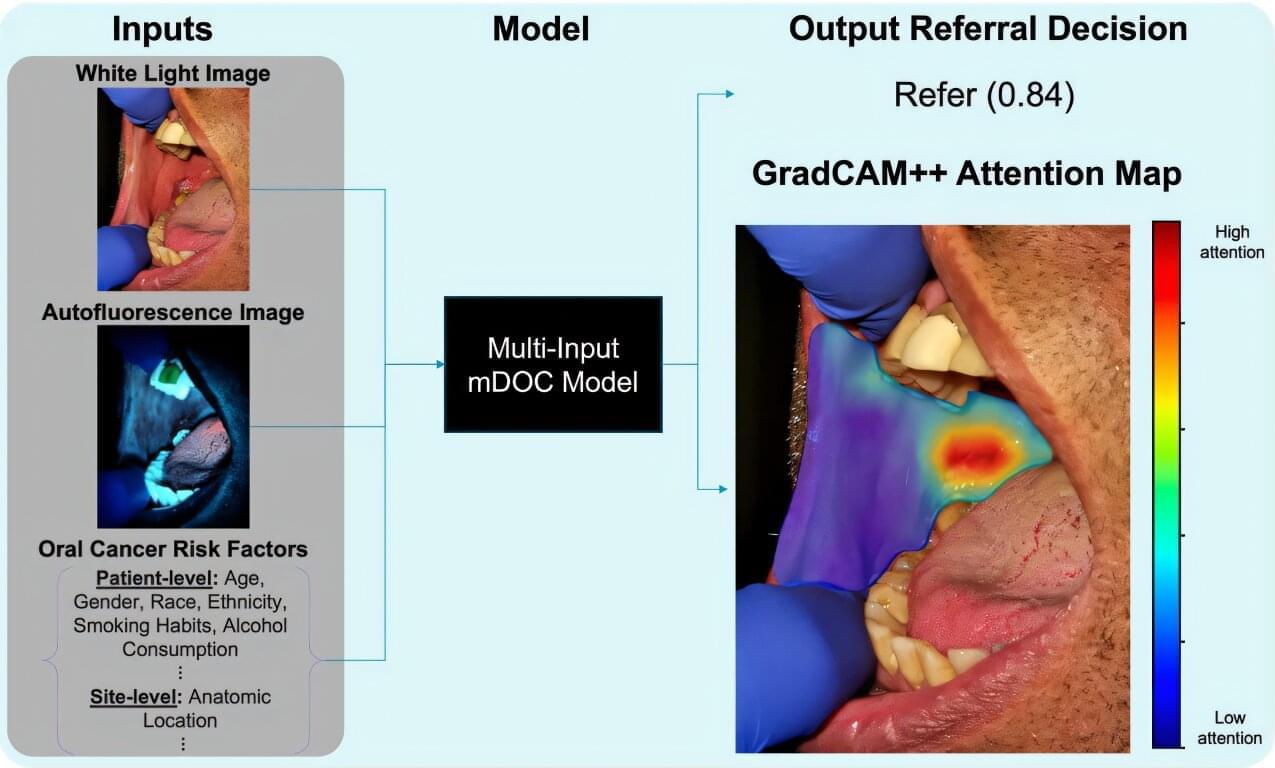
Oral cancer remains a serious health concern, often diagnosed too late for effective treatment, even though the mouth is easily accessible for routine examination. Dentists and dental hygienists are frequently the first to spot suspicious lesions, but many lack the specialized training to distinguish between benign and potentially malignant conditions.
To address this gap, researchers led by Rebecca Richards-Kortum at Rice University have developed and tested a low-cost, smartphone-based imaging system called mDOC (mobile Detection of Oral Cancer). Their recent study, published in Biophotonics Discovery, evaluates how well this system can help dental professionals decide when to refer patients to oral cancer specialists.
The mDOC device combines white light and autofluorescence imaging with machine learning to assess oral lesions. Autofluorescence imaging uses blue light to detect changes in tissue fluorescence, which can signal abnormal growth. However, this method alone can be misleading, as benign conditions like inflammation also reduce fluorescence.
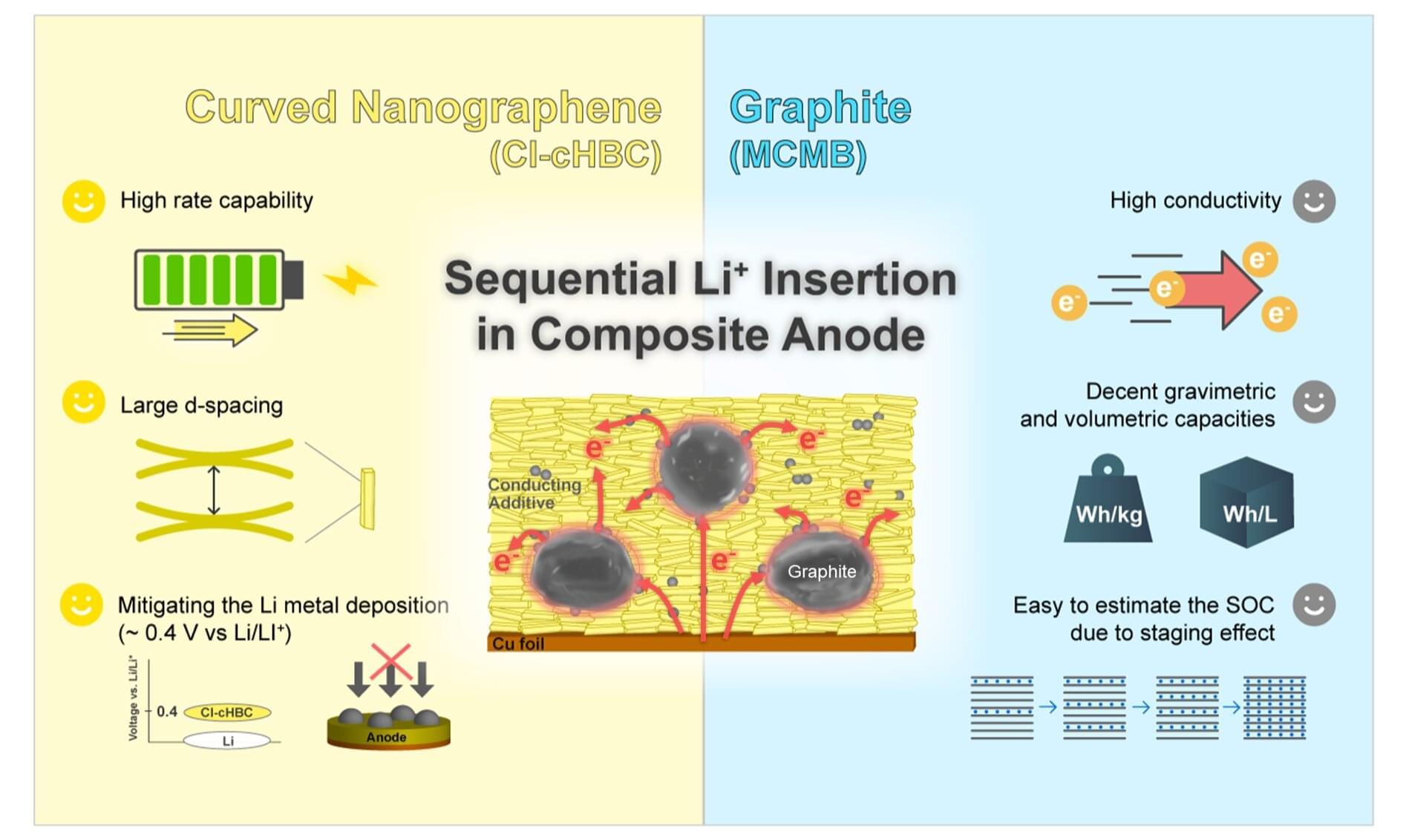
As electric vehicles (EVs) and smartphones increasingly demand rapid charging, concerns over shortened battery lifespan have grown. Addressing this challenge, a team of Korean researchers has developed a novel anode material that maintains high performance even with frequent fast charging.
A collaborative effort by Professor Seok Ju Kang in the School of Energy and Chemical Engineering at UNIST, Professor Sang Kyu Kwak of Korea University, and Dr. Seokhoon Ahn of the Korea Institute of Science and Technology (KIST) has resulted in a hybrid anode composed of graphite and organic nanomaterials. This innovative material effectively prevents capacity loss during repeated fast-charging cycles, promising longer-lasting batteries for various applications. The findings are published in Advanced Functional Materials.
During battery charging, lithium ions (Li-ions) move into the anode material, storing energy as Li atoms. Under rapid charging conditions, excess Li can form so-called “dead lithium” deposits on the surface, which cannot be reused. This buildup reduces capacity and accelerates battery degradation.
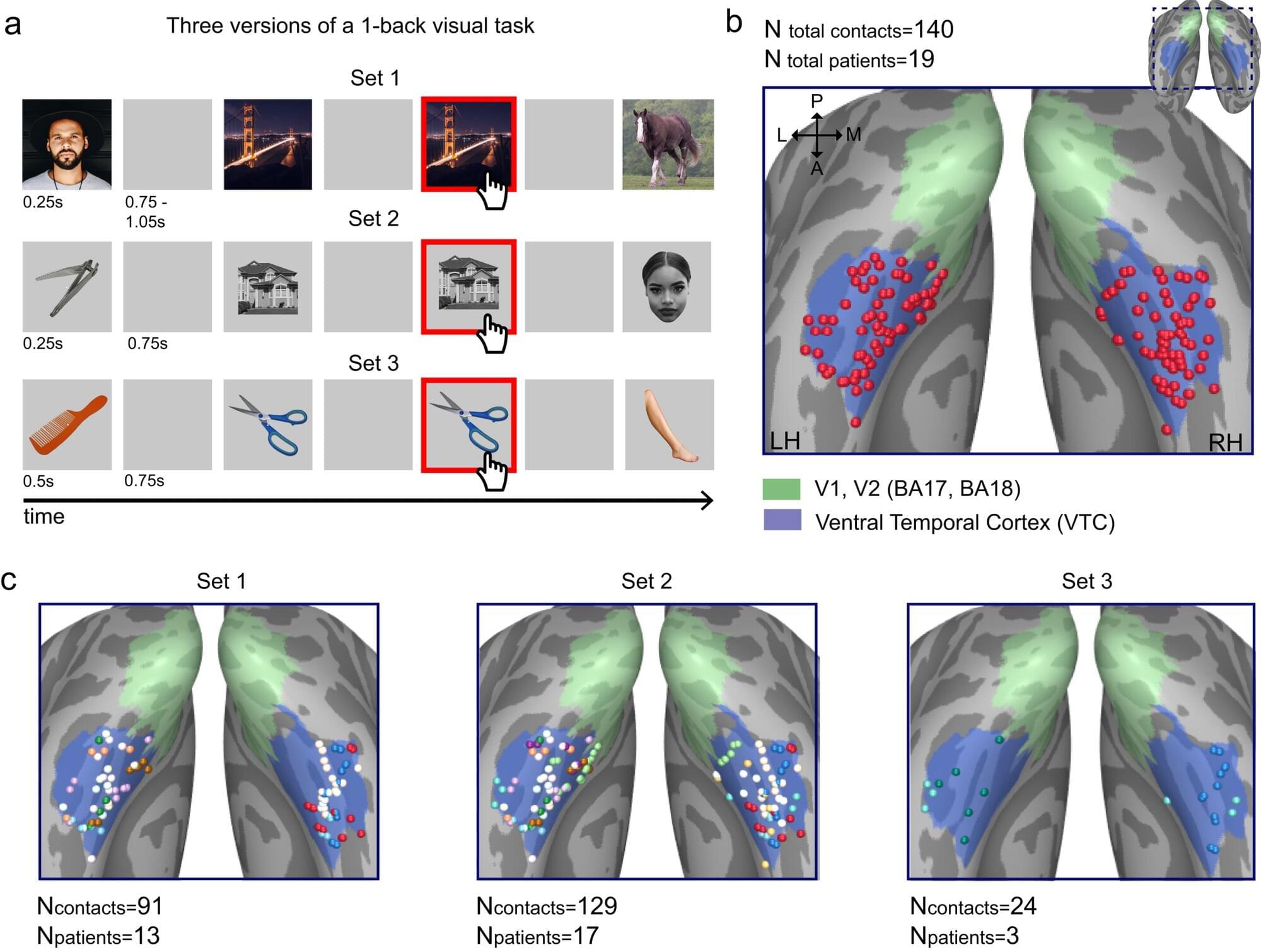
How is it that we all see the world in a similar way? Imagine sitting with a friend in a café, both of you looking at a phone screen displaying a dog running along the beach. Although each of our brains is a world unto itself, made up of billions of neurons with completely different connections and unique activity patterns, you would both describe it as: “A dog on the beach.” How can two such different brains lead to the same perception of the world?
A joint research team from Reichman University and the Weizmann Institute of Science investigated how people with differently wired brains can still perceive the world in strikingly similar ways. Every image we see and every sound we hear is encoded in the brain through the activation of tiny processing units called neurons — nerve cells that are ten times smaller than a human hair. The human brain contains 85 billion interconnecting neurons that enable us to experience the world, think, and respond to it.
The question that has intrigued brain researchers for years is how this encoding is performed, and how it is possible for two people to have completely different neural codes, yet, end up with similar perceptions?